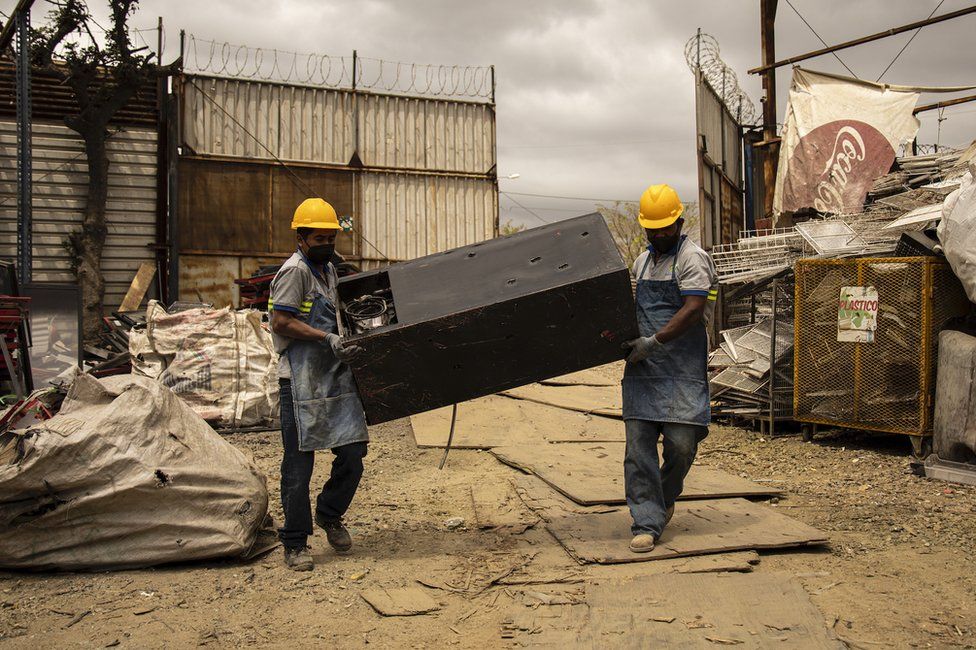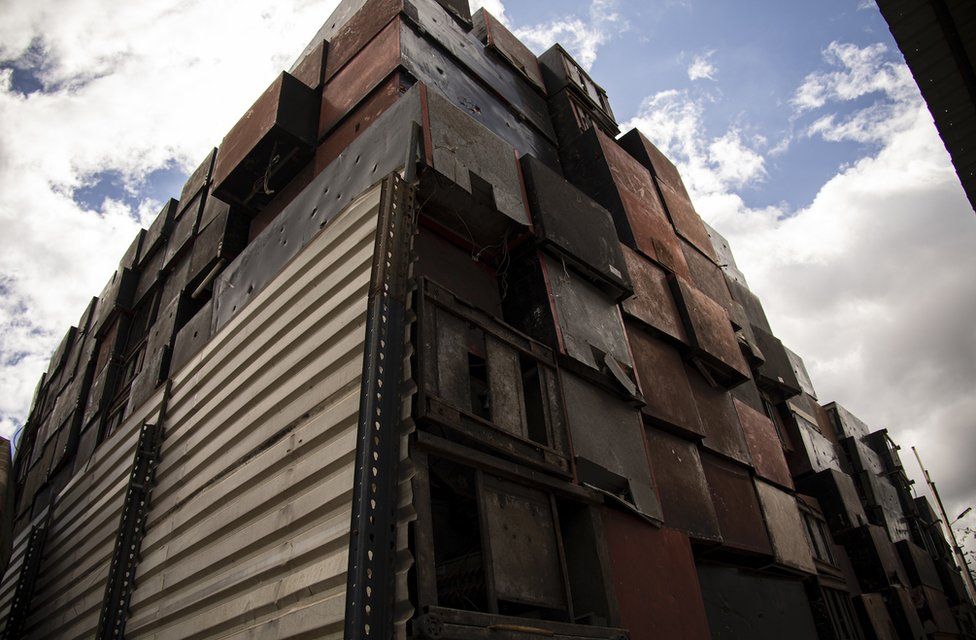
Did you know that a cotton tote bag consumes +1141 liters of water to be produced?
Cotton tote bags have flooded the market. Originally manufactured to combat single-use bags, this bag has become a trendy accessory. Brands have turned it into a true cult accessory. Yet, cotton tote bags are an ecological disaster. Cotton production involves astronomical amounts of water and pesticides, leading to soil drought and the development of dead marine zones.
In recent years, the “ fiber gap” phenomenon has appeared. Demand for cotton continues to rise while supply decreases. The consequence is skyrocketing prices. Natural fibers like cotton are increasingly being replaced by fibers derived from fossil resources. Cotton is predominantly produced in Asia and requires intercontinental transportation. Off-centre cotton supply chains release large amounts of CO2.
Organic growing systems are better for the soil as they maintain a higher soil quality, which reduces the runoff into local rivers. The soil is also much more resilient and can withstand extreme weather. Healthy soil acts like a sponge – it can absorb and retain water for longer periods, including droughts. This leads to a much lower consumption of organic cotton though it remains 90% higher than our lyocell wood fibre.
The Tree Tote
The TreeTote, a 100% wood fiber tote bag, was developed to address these challenges. Our totes are made from 100% European production. We keep our supply chain as close as possible to reduce CO2 emissions related to transport while producing a socially responsible and affordable bag. Our supply chain is exclusively European and includes three streams: Made in Europe, Made in the Alps and Guaranteed French Origin. The entire supply chain is traceable via the Respect Code on all our bags. By scanning the QR codes on our bags, you will see the entire journey from research to development, raw materials, production, distribution and use.
The prime material for our bags is timber, and they are made from 100% wood fibre from sustainable sources. Of the tree species used in the sourcing of wood for the TreeTote, the main contender is Beech. Beechwood availability is increasing as forests are being returned to a more natural species mix. Rising temperatures are also increasing its growth rate. This beech wood comes purely from PEFC/FSC-certified sources.
The material is generated by thinning or damaged wood left over from other operations. Almost all of the wood used to produce the TreeTote comes from Austria, where the fibre is produced. The rest comes from neighbouring countries, minimising transport and therefore the carbon emissions that come with it. Transport is highly optimised to keep our carbon footprint to a minimum. Shared transport is used whenever possible and, for longer distances, low-emission transport such as trains is prioritised.
Over 99% of the solvent used is recovered and recycled, and water consumption is reduced drastically. Even sustainable bags use plastic thread and tags, which are cheaper and widely available. We stray from plastic and only use TENCEL accessories to make our TreeTote 100% wood fiber. We also don’t add any extra mechanical or chemical steps to the line after weaving, which is rare in textile production, to save energy and water.
Regarding the water used to produce our tote bag, we achieved a 90% reduction in water consumption. If we compare our tote bag to a conventional cotton bag, which uses about 1200L of water, we reduce consumption by 99%. In the case of organically grown cotton, the reduction reaches 90%. Over 39,158,595 liters of water have been saved by TreeTote so far as a replacement for cotton bags.
Because dyeing, and the processes that come with it, have an enormous impact, especially due to water use for the dying itself and the washing steps that follow. We, therefore, choose to work with the fabric in its natural white colour.
OEKO-TEX® STANDARD 100 is one of the world’s best-known labels for textiles tested for harmful substances. It stands for customer confidence and high product safety. TreeTote has been awarded Class I certification, complying with the label’s strictest requirements.
After using the tote bag as many times as possible, we recommend recycling it with textiles as this is the highest value disposal. The Tree Tote is also 100% compostable.
Source Happy Eco News




